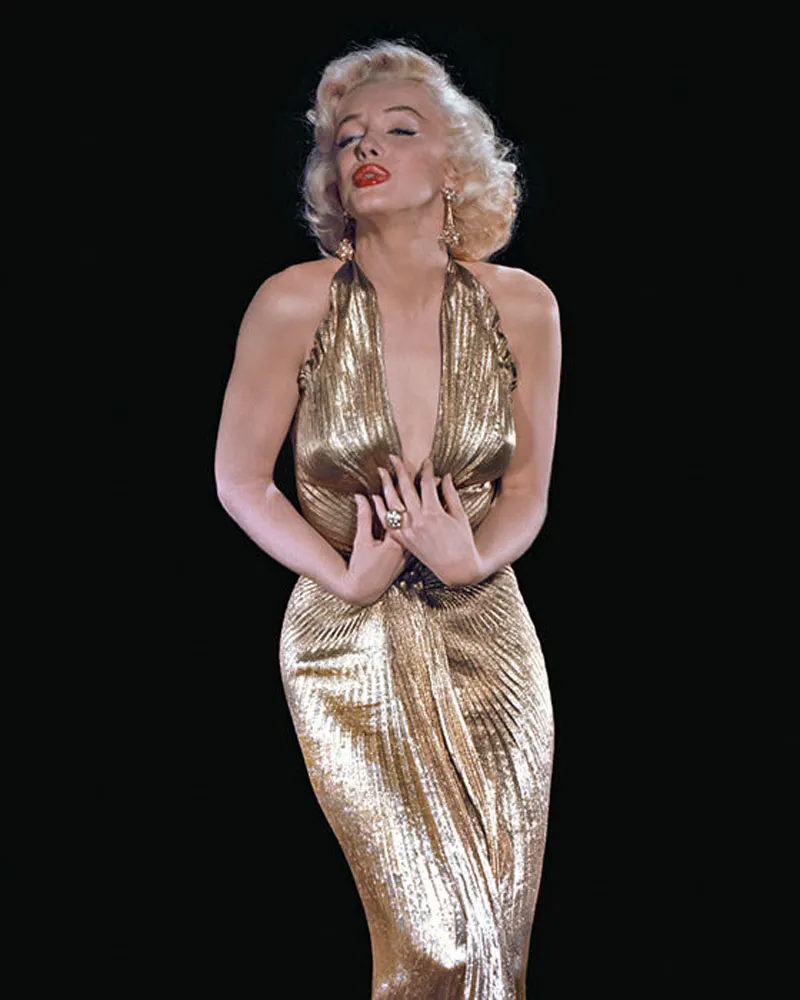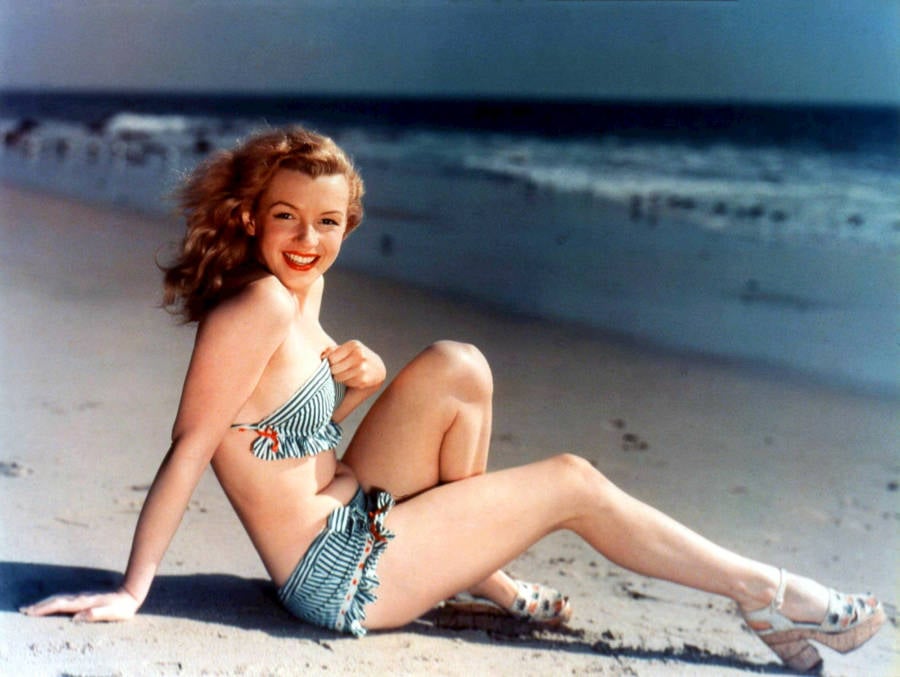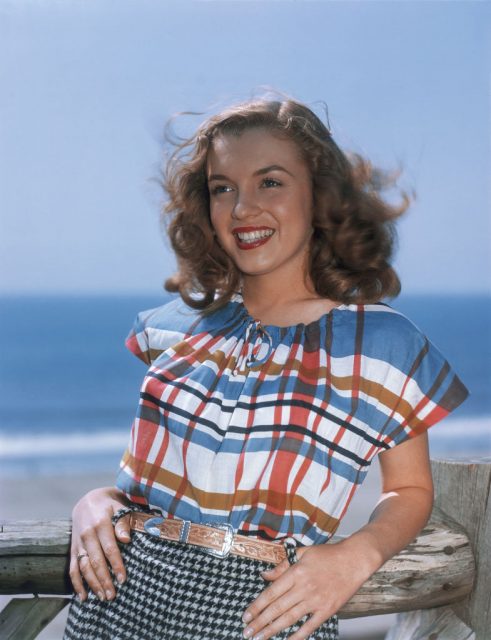To the world, she was Marilyn Monroe — the breathy-voiced blonde bombshell, the pin-up of a generation, the fantasy of millions. But she wasn’t born under flashing lights and red lips. She was born Norma Jeane Mortenson, a child passed between foster homes, craving safety, love, and a place to simply exist. Long before she was a legend, she was a girl trying to survive.
Norma Jeane learned early that beauty could open doors. In a world that measured women in curves and compliance, she quickly understood the currency of her looks. But what she also learned — slowly, painfully — was that the same beauty that got her in the room often kept her from being taken seriously once she was there. With platinum hair, red lipstick, and hips that swayed like a secret, Marilyn Monroe was created to embody desire. But inside the most famous face of the 20th century was a woman far more complex: one who read Dostoevsky, feared abandonment, and longed not to be watched, but to be seen.

The Studio’s Star, But Never Its Equal
Hollywood built her, but never trusted her. Studios saw Monroe as a product, not a person. They cast her in roles that capitalized on her innocence and sex appeal, then mocked her when she demanded more — better lines, more depth, more dignity. She was underestimated at every turn, labeled “the dumb blonde” while privately wrestling with the weight of loneliness and an industry designed to control her.
But Marilyn refused to be just a commodity. In an era when women were expected to smile and obey, she rebelled. She studied method acting at the Actors Studio in New York, seeking truth in performance. She fought for pay equity, demanded respect on set, and — in an audacious move for the time — launched her own production company in 1955. It was a statement of intent: she wasn’t just here to look good. She wanted creative power, and she was willing to risk everything to get it.
That kind of ambition in a woman — especially one wrapped in the packaging of a sex symbol — terrified Hollywood.

Pain Behind the Persona
Behind the glamour, Monroe’s life was riddled with instability. Her marriage to playwright Arthur Miller brought brief hope of intellectual companionship, but even that eventually cracked under the pressure of fame, loss, and personal demons. She suffered miscarriages that tabloids turned into fodder, and she took pills to wake up, pills to sleep, pills to keep herself upright between breakdowns.
Her vulnerability, so often portrayed as weakness, was also her strength on screen. In films like Bus Stop, The Misfits, and Some Like It Hot, she didn’t just play a role — she let her ache bleed into every line. Beneath the comedic timing and flirtatious glances was something deeper: a plea to be seen as real. It’s what made her unforgettable. It’s also what made her unbearably human.

A Tragic Ending — But Not a Simple One
When Monroe died in 1962 at the age of 36, headlines screamed tragedy. And it was. But not just because a star was gone too soon. It was tragic because of what killed her: not just pills or depression, but the crushing weight of being everyone’s fantasy and no one’s truth.
She wasn’t simply destroyed by fame. She was exhausted by the constant demand to perform — not just on screen, but in life. To be beautiful, desirable, uncomplicated. To be Marilyn, always.
But Norma Jeane — the woman underneath — never stopped fighting to exist beyond the myth.

More Than a Symbol
Even now, more than six decades after her death, Marilyn Monroe remains one of the most iconic figures in American pop culture. But iconography is limiting. It flattens. It traps.
She wasn’t just a symbol of beauty. She was a woman who turned her pain into art. A woman who stood up to studio executives when it was dangerous to do so. A woman who refused to be defined by anyone else — even when it cost her everything.
What if the most famous face in Hollywood history belonged to someone who simply wanted to be heard?
With every glance, every carefully delivered line, every whispered heartbreak on screen, Marilyn Monroe was asking us to look closer. To see past the sequins. Past the headlines. Past the myth.

She wasn’t just magic.
She was a woman — brilliant, bruised, and fighting to be real.